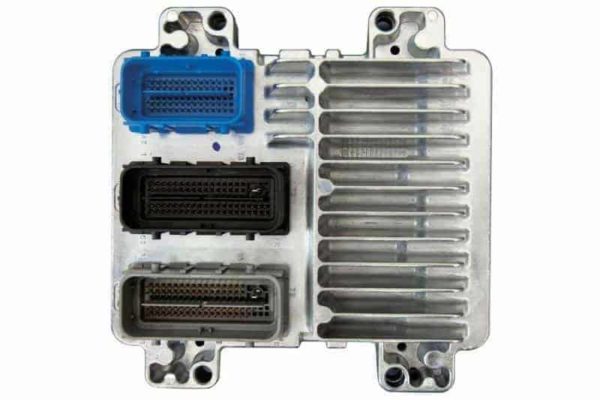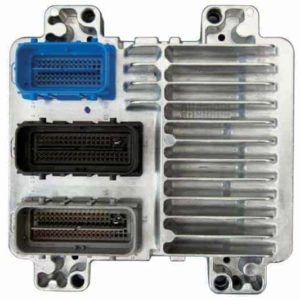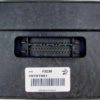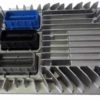Is Your 2010-2012 Colorado Running Rough? Let’s Get It Fixed.
As a mechanic with two decades of diagnostic experience, I know the frustration of a vehicle that just won’t cooperate. When your 2010-2012 Chevy Colorado starts acting up—stalling at stoplights, hesitating on acceleration, or throwing a stubborn check engine light—the root cause is often the Engine Control Module (ECM). This isn’t just a part; it’s the brain of your truck’s engine, and when it fails, it can create a cascade of confusing and costly problems. You need a solution that’s reliable, straightforward, and gets you back on the road without the dealership hassle.
This is a direct-fit replacement Engine Control Module, service part number 12633264, specifically for your vehicle. The most critical part of this repair is the programming, and we handle that for you. Before we ship it, we flash the module with the latest GM-certified software using the VIN you provide. This ensures that when it arrives, it’s ready to communicate perfectly with your truck’s existing systems—no extra trips, no surprise programming fees.
Solving the Common Symptoms of a Failing 2010-2012 Colorado ECM
A faulty engine computer can manifest in numerous ways. I’ve seen hundreds of these trucks in my bay over the years, and the symptoms are often consistent. If you’re experiencing any of the following, a failing ECM is the likely culprit:
- ✔ Persistent Check Engine Light (CEL) with communication-related codes (U-codes) or random sensor codes.
- ✔ Engine stalling, sputtering, or running rough for no apparent reason.
- ✔ A complete no-start condition where the engine cranks but won’t fire up.
- ✔ Noticeable decrease in fuel economy.
- ✔ Harsh or erratic automatic transmission shifting.
- ✔ Issues with other electronic systems that seem unrelated to the engine.
Expert Pro Tip: Check This Before You Order
Before condemning your ECM, I always recommend a simple but crucial check. On these GM trucks, a corroded or loose ground wire can mimic all the symptoms of a bad computer. Locate the main engine-to-chassis ground strap and the ECM’s own ground connections. Ensure they are clean, tight, and free of corrosion. I’ve had customers’ vehicles towed in with a no-start condition that was fixed in 10 minutes with a wire brush and a wrench, saving them the cost of a new module. A quick inspection can provide peace of mind that you’re replacing the right part.
Plug-and-Play Installation: No Dealer Visit Required
We’ve made this process as simple as possible for the DIY mechanic or independent shop. By programming the module to your VIN ahead of time, we eliminate the most complex step. Follow these general instructions for a smooth installation:
- Safety First: Disconnect the negative terminal from your truck’s battery and wait at least 15 minutes for the system capacitors to discharge.
- Locate the ECM: On the 2010-2012 Colorado, the ECM is typically mounted on the right-hand (passenger side) firewall in the engine bay.
- Disconnect the Connectors: Carefully release the locking tabs on the wiring harness connectors and pull them straight out from the old module. Inspect the pins for any corrosion or damage.
- Remove the Old Module: Unbolt the old ECM from its mounting bracket.
- Install the New Module: Mount your new, pre-programmed ECM in the same location. Securely reconnect the wiring harnesses, ensuring they click into place.
- Reconnect the Battery: Reattach the negative battery terminal.
- Perform Security Relearn: Your vehicle may require a simple security relearn procedure, which can typically be done without special tools. This usually involves turning the key to the ‘ON’ position for 10-15 minutes. Instructions will be included with your part.
Guaranteed Compatibility and Performance
This ECM, part number 12633264, is also a direct replacement for service number 12678513. While this module fits a wide range of GM vehicles (including the Canyon, H3, Camaro, CTS, and others), providing your VIN is the key that guarantees 100% correct software for your specific 2010-2012 Colorado 5.3L. Don’t settle for a generic, unprogrammed part that will leave you stranded. Get the right part, programmed correctly, the first time.



